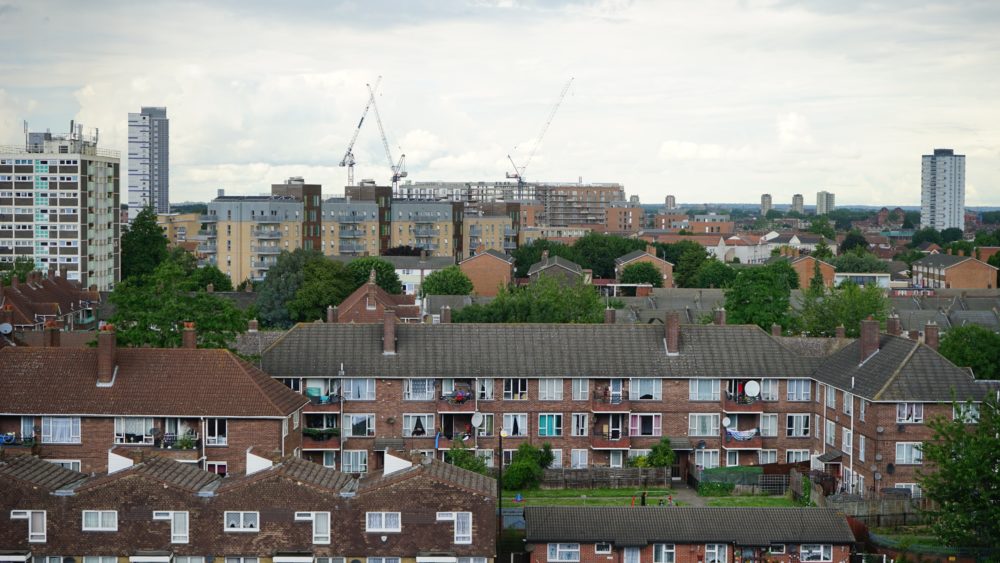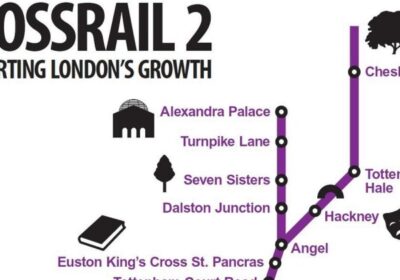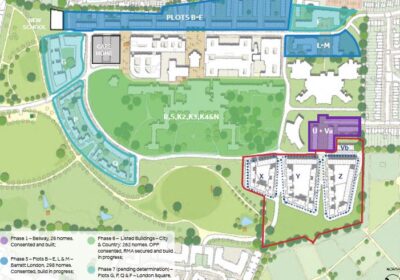‘Perfect should not be the enemy of the good’ goes the old adage. It’s not often Voltaire gets a reference in a blog on housing, but Lisa Nandy’s comments on BBC’s Question Time two weeks ago left me with no choice.
All in all, the signs from Labour on housing have been promising. Their pledges around housing targets, regional plan-making, planning consistency and green belt reform all suggest they are moving in the right direction if they want to deliver 300,000 new homes a year. But Lisa Nandy’s comments on Question Time regarding discount market housing were the first signs of ideology creeping back into the housing debate.
The definition of affordable housing has always been a topic of contention and its politization is unhelpful for those seeking to build. The desire to deliver pure ‘social housing’ has, at times, resulted in the tendency for some to pit differing affordable offers against each other as if it’s some sort of zero-sum game. Nandy’s comments were simply a continuation of this struggle in a strive for the ‘perfect’.
But this is not how it should be or how it can be. The reality is we need more housing and more housing of all tenures. Discount housing whether it be at 80% for sale or rent or greater plays a vital role in supporting a demographic overlooked when it comes to housing solutions. This demographic (who are typically young single persons including key front-line workers) have no choice but to either live with parents later into adulthood; rent in the low-quality, overcrowded rented sector or in the worst cases leave the area in an effort to find more affordability elsewhere.
With discount housing making up less than 1% of the housing stock, it is little wonder why the aspirations of this group are so bleak. According to ONS, nearly 1/3 of 20-34 year-olds are living at home with their parents (an increase of 24% since 2012). 1 in 4 children now start school in privately rented housing. I could go on…
It was only several weeks ago that Labour released research highlighting that a child born this year has less than a 1 in 3 chance of being a homeowner by the age of 50. This alone makes Nandy’s comments all the more surprising.
Unsurprisingly the crux of her argument is affordability, yet the debate is much more nuanced than many of our political class convey. A range of factors including size of homes, typology and efficient design means the reduction for discount housing is often much deeper than the 20% headline suggests and all these offers are also income banded.
Take Pocket Living’s recent Harbard Close development in Barking for example. In this instance, homes were selling for almost 40% below the average house price. It is little surprise that there are over 20,000 Londoners interested in buying or renting 20% discounted homes in the next 12 months, none of whom would be eligible for the social housing.
Rather than pitting affordable housing tenures against each other, time would be better spent understanding how exactly it is we can help create environments where all forms of affordable housing can come forward. By doing so, we can help councils respond to the needs of their local areas, ensuring no demographic slips through the net when it comes to housing.










